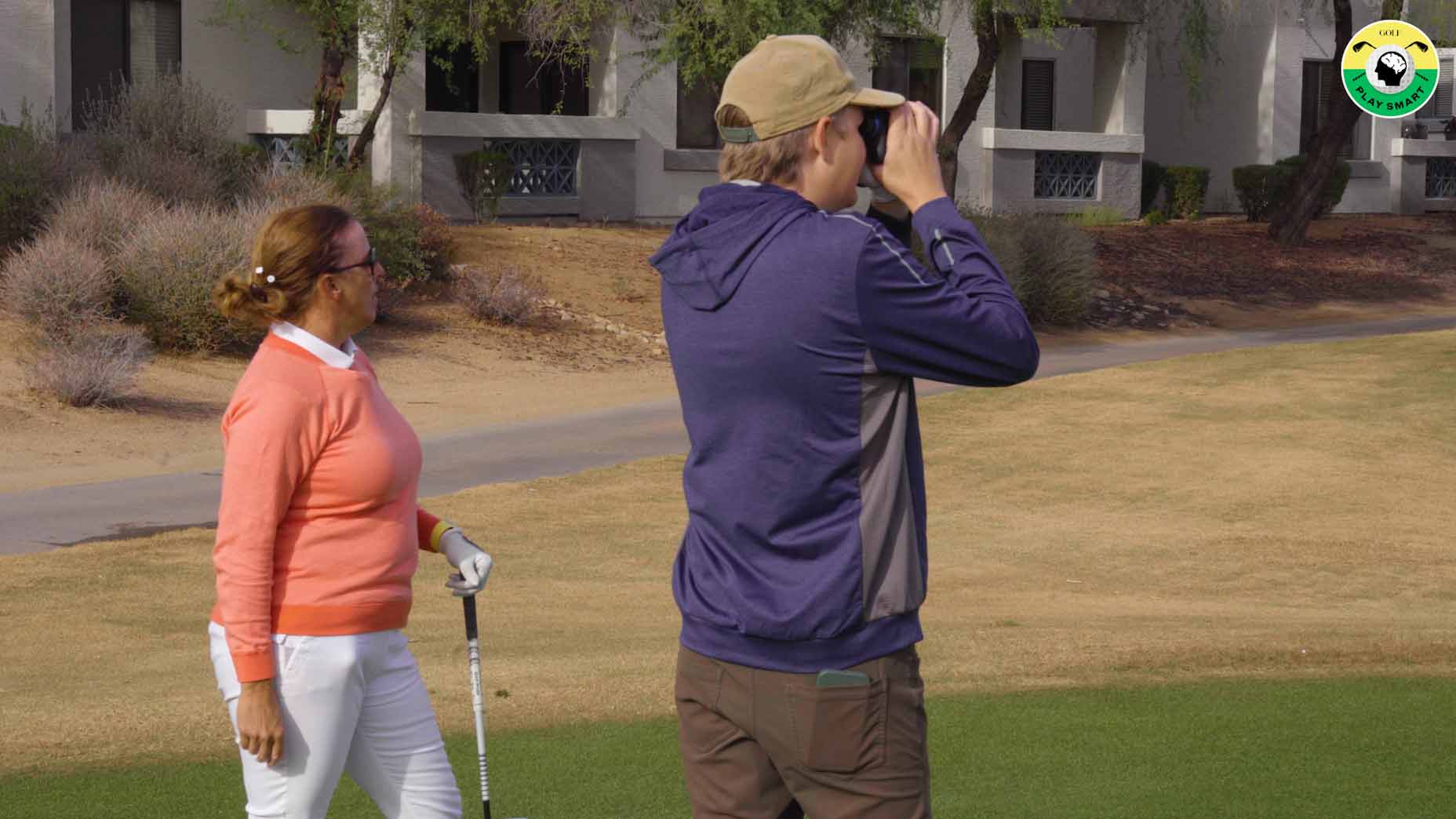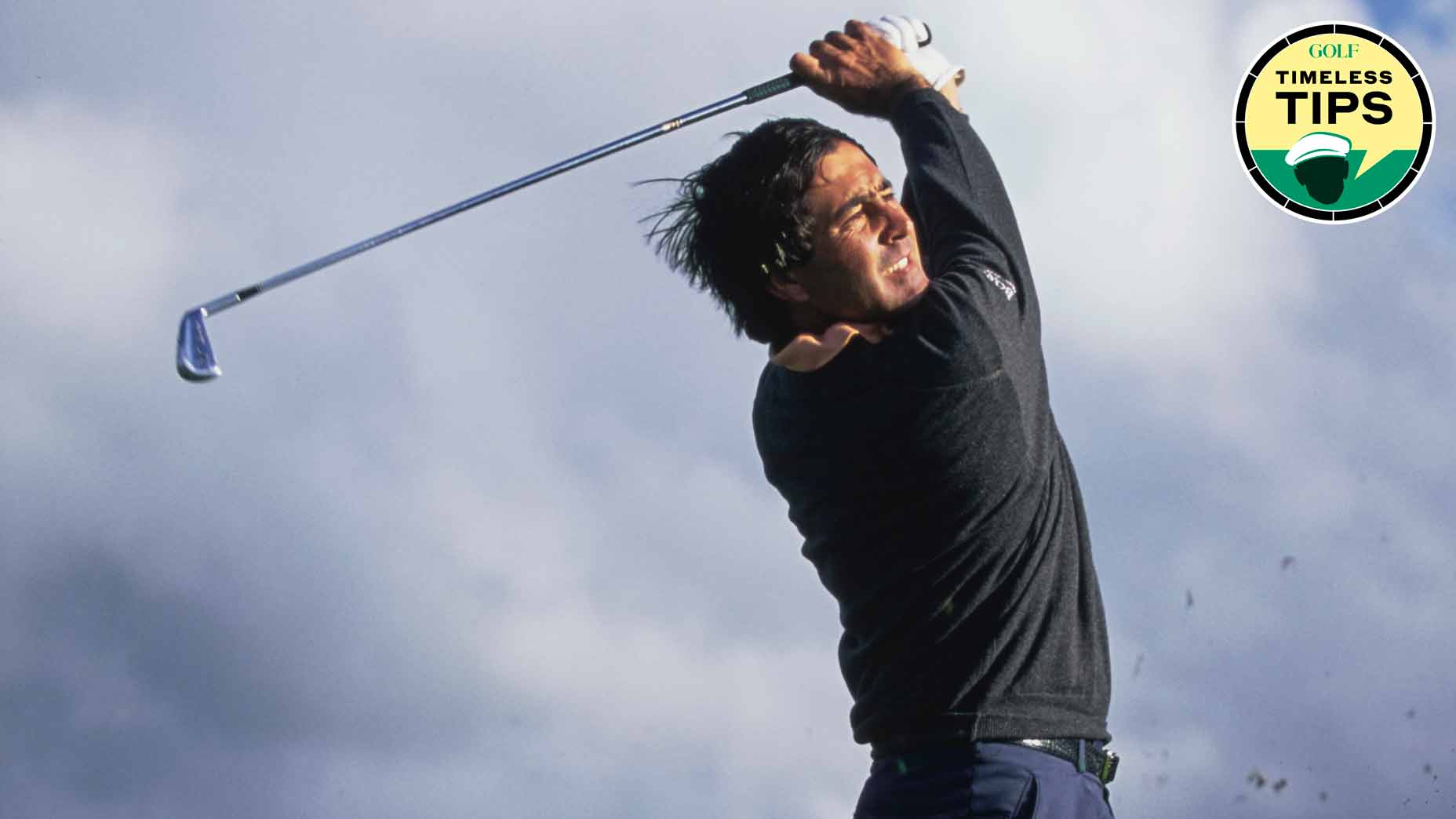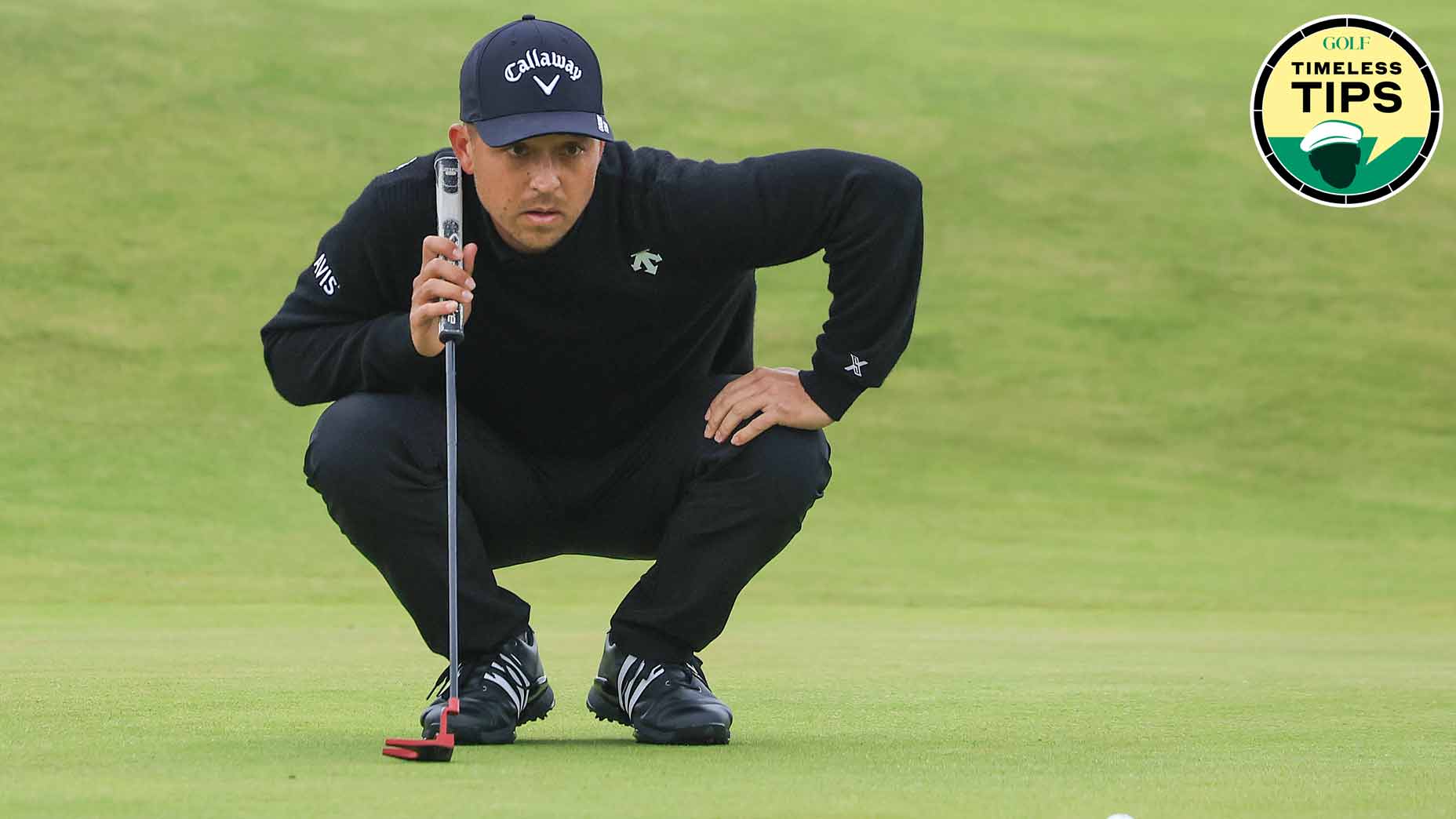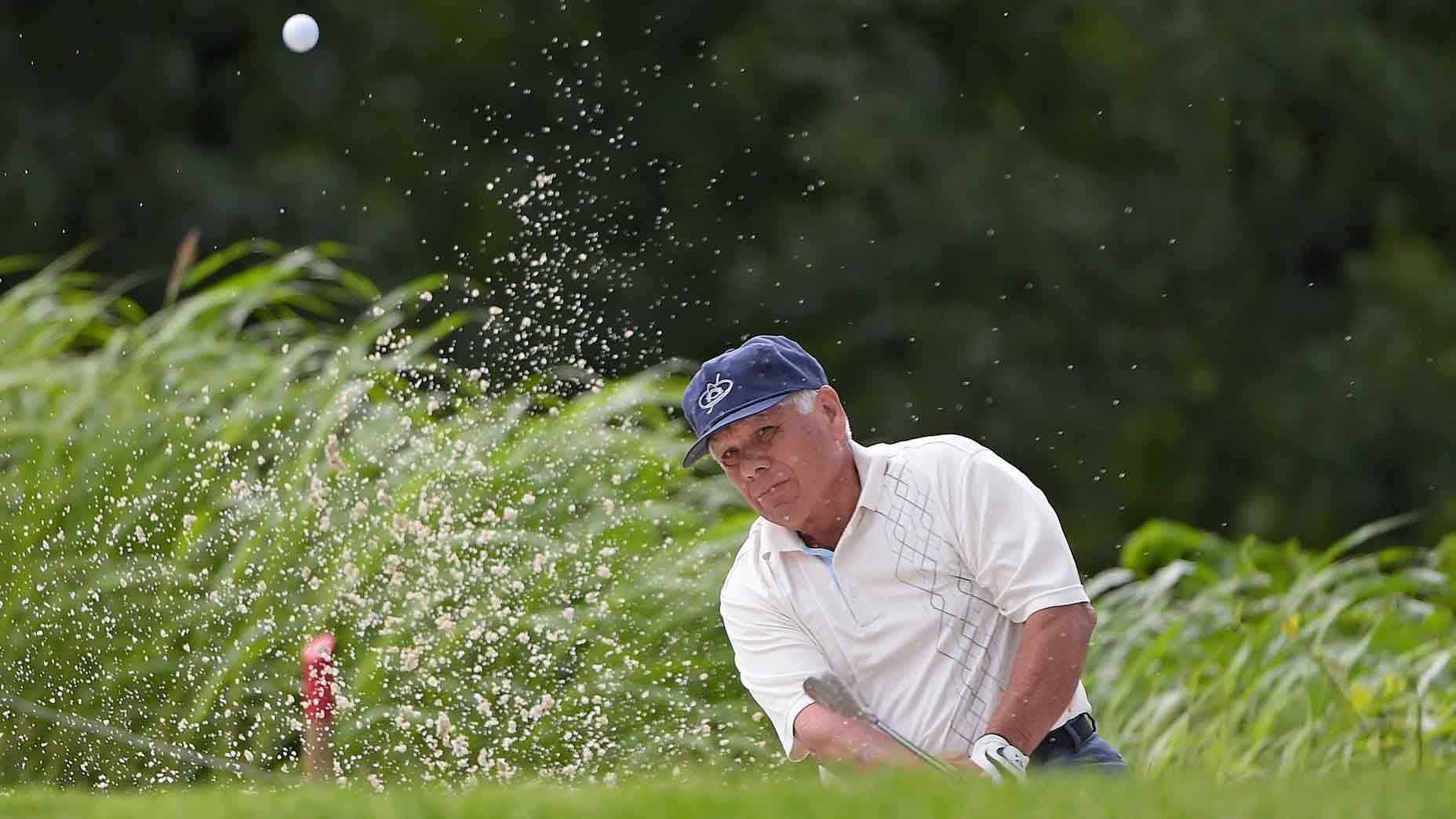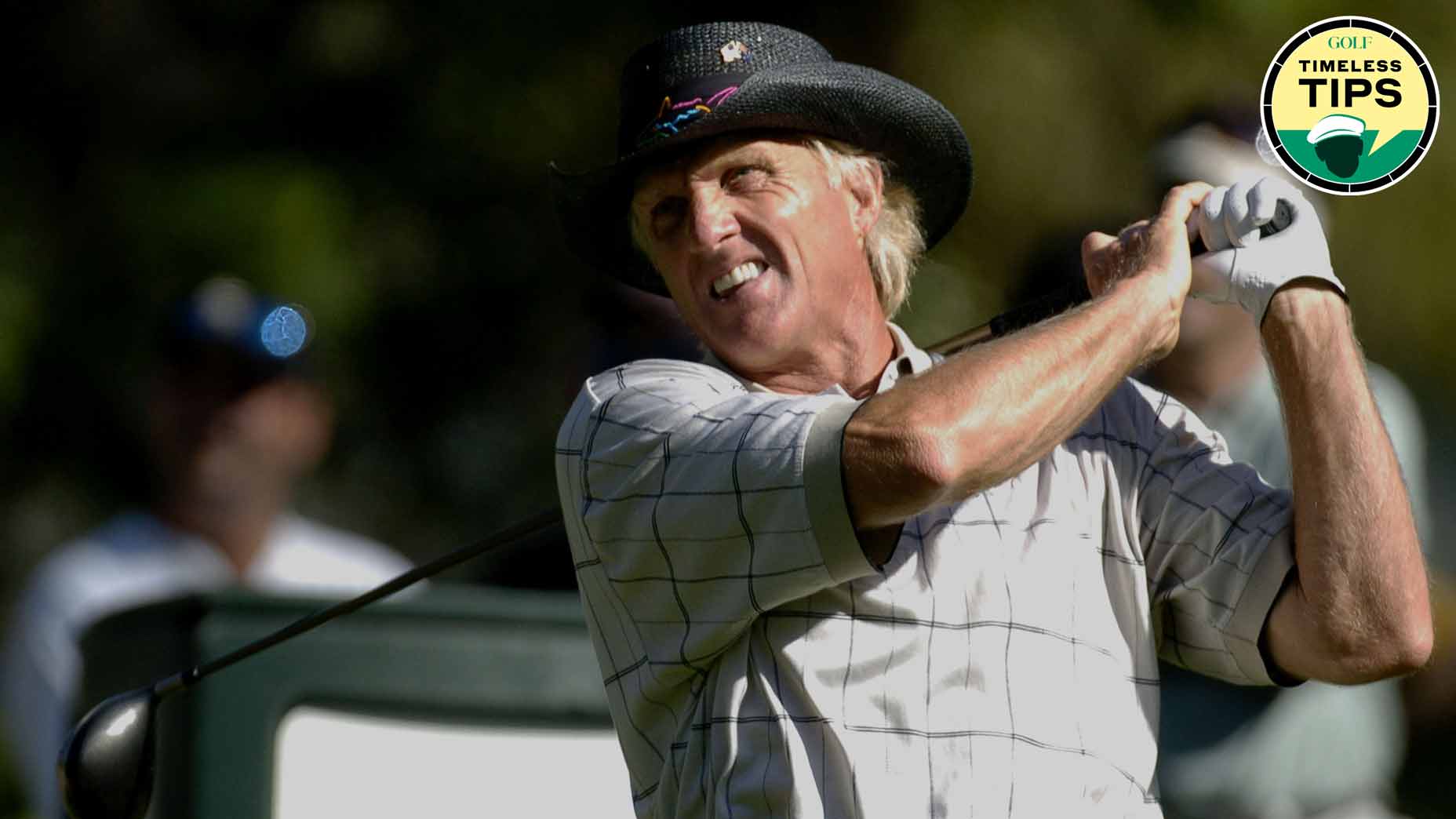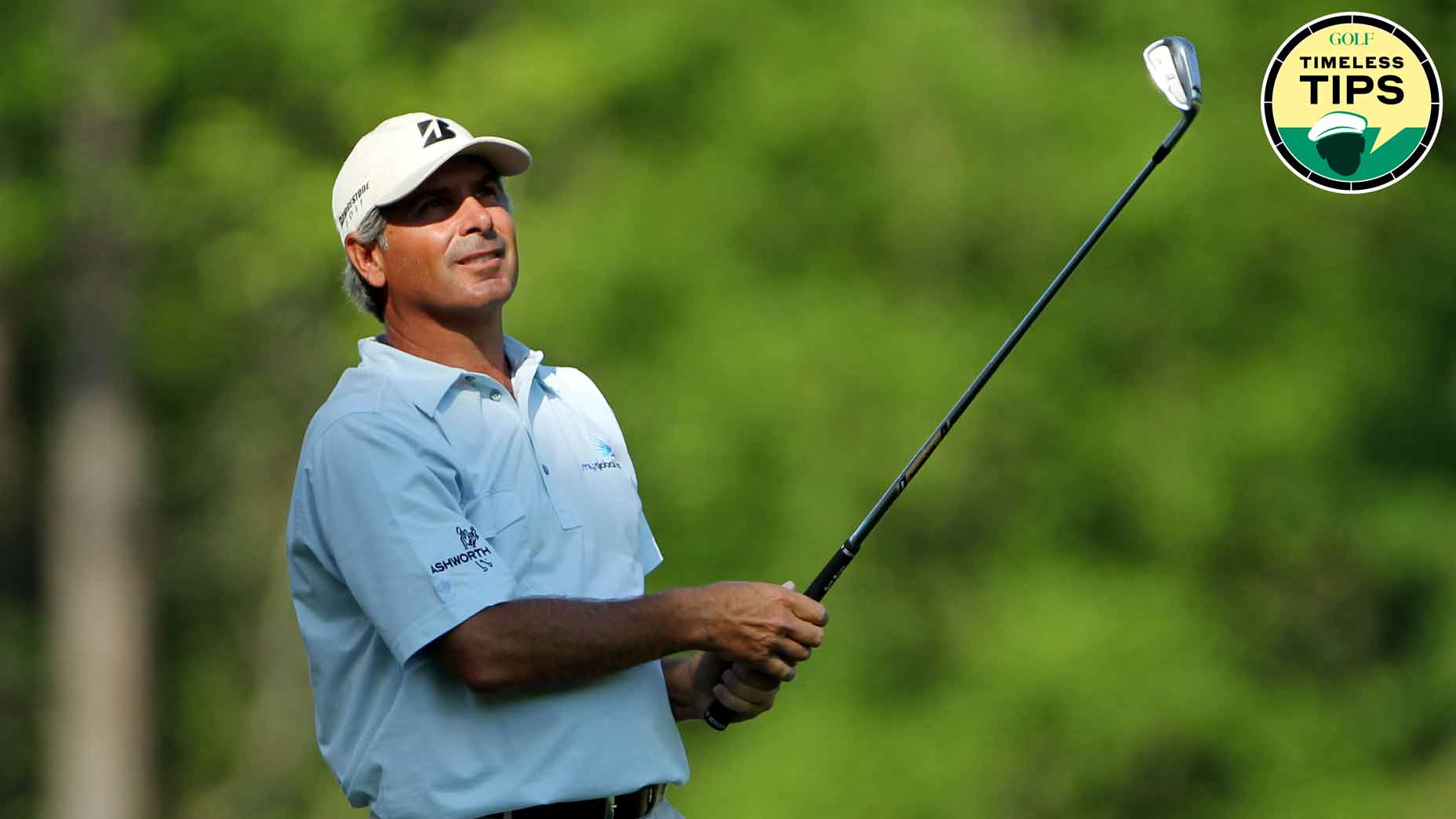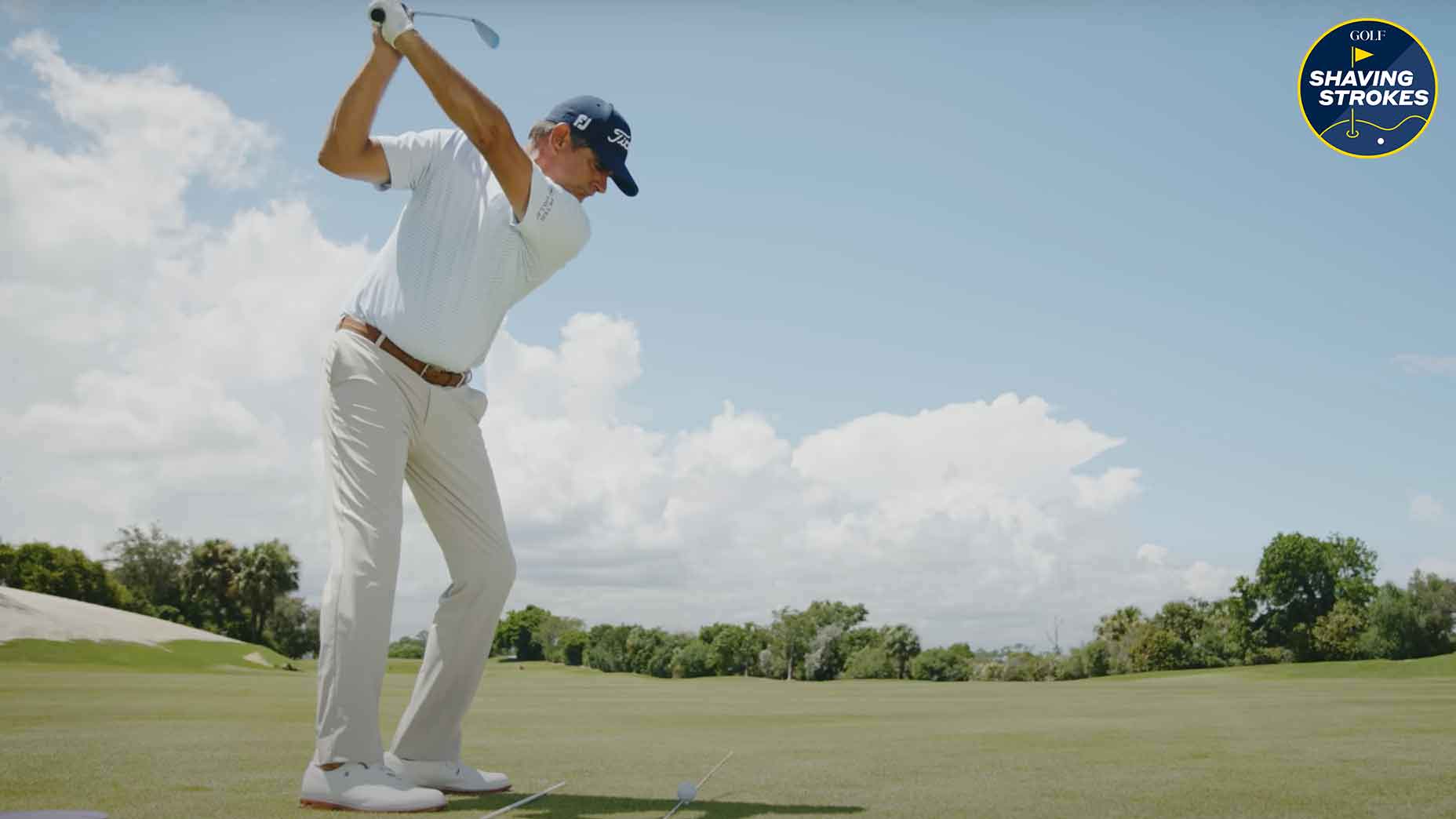How to hit your approach shots with spin, according to Lee Trevino
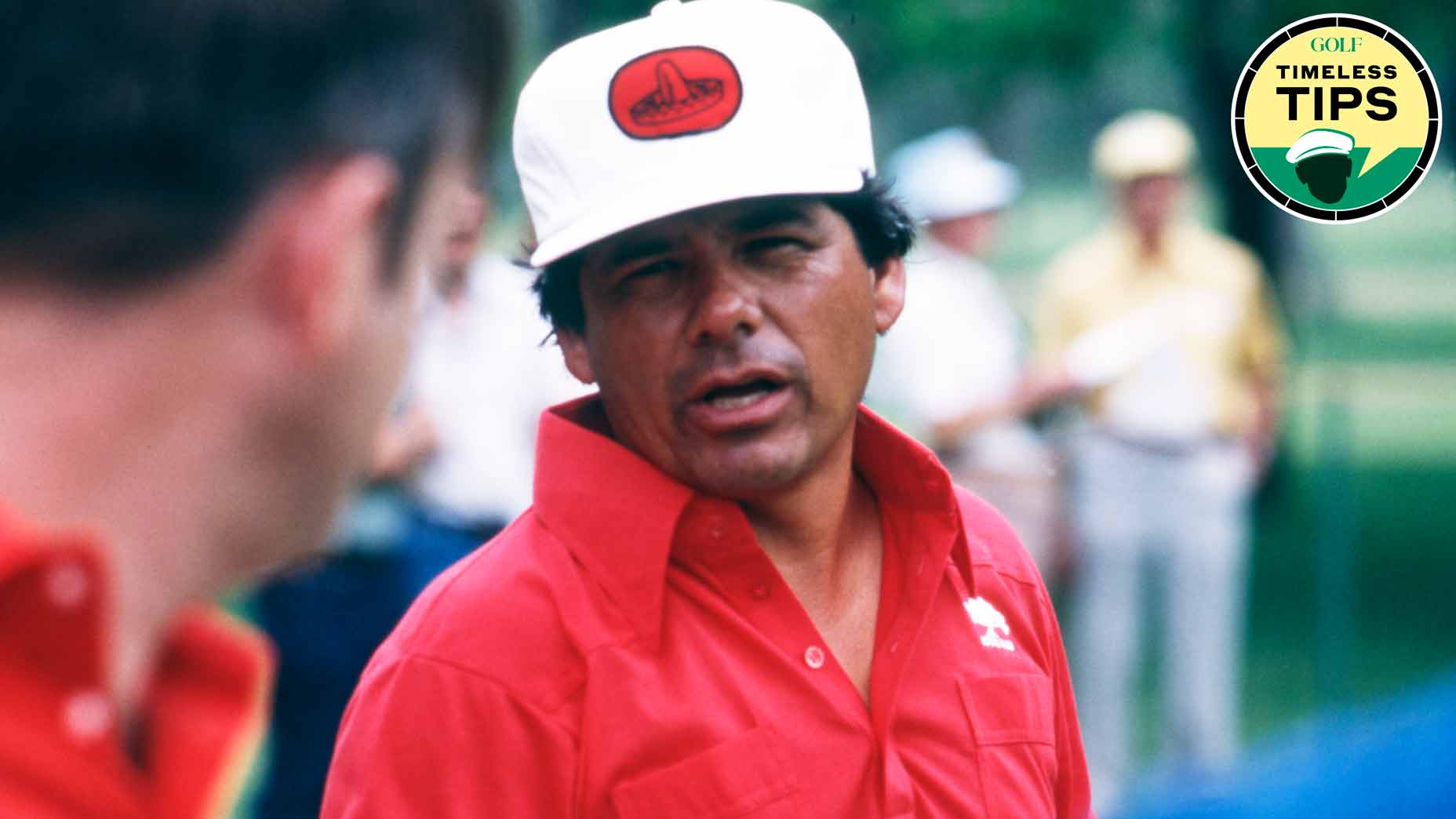
If you want to access those tough, tucked pins, you need to hit your irons with plenty of spin.
Getty Images
Golf instruction is ever-evolving, but the best advice stands the test of time. In GOLF.com’s new series, Timeless Tips, we’re highlighting some of the greatest advice teachers and players have dispensed in the pages of GOLF Magazine. Today we look back at our our September 1985 issue for a tip from Lee Trevino on putting spin on your approach shots. For unlimited access to the full GOLF Magazine digital archive, join InsideGOLF today; you’ll enjoy $140 of value for only $39.99/year.
If you watched the Masters this past weekend, you witnessed the best ball strikers on the planet attack a baked-out and difficult Augusta National. Look at the top of the leaderboard and you’ll see nothing but studs. There was no faking it out there last weekend.
The man who topped the board, Scottie Scheffler, is the best ball striker of them all. For the last two years, he’s been in a zone that few have ever been in — and much of that success can be attributed to his ball striking.
To attack a golf course like Scheffler, you’ve got to be able to hit the ball close to the flagstick. And when the pins are tucked like they are at major championships, the only way to access those tricky spots is by putting plenty of backspin on your irons.
For help in that endeavor, we look back at the September 1986 issue of GOLF Magazine for three tips from Lee Trevino.
Lee Trevino’s keys for backspin
Every golfer of hitting shots that high, drop softly and land on the green with “bite.” To do that, you need backspin.
Putting backspin on the ball is an art, but it’s one that even high handicappers can learn. Unfortunately, most golfers make one of two basic mistakes: Either they try to help the ball up, and in doing so top the ball, or they try so hard to take a divot that the blade digs into the ground and the shot is hit fat.
Which doesn’t mean you have to swing as pretty as a pro to put “‘stop” on the ball. My swing is the perfect example: It may not be textbook, but I get the ball to fall on the green and stay there.
Getting backspin is much easier than you think. All you have to do is position the ball properly in your usual stance and learn the swing keys listed below. Then you’ll be hitting with bite.
Start up
Most golfers make the mistake of playing iron shots off their left heel. This setup encourages you to drag the club low to the ground in the takeaway for a couple of feet before swinging it upward. Playing the ball closer to your right foot shortens the takeaway and promotes a steeper backswing plane — which will create the sharp angle of descent that you want.
So, play the ball back in your stance. (Experiment to find just where to place it.) Make a one-piece takeaway using minimal wrist cock.
Three-quarter backswing
Continue to swing the club back until you feel most of your weight shift to the inside of your right foot. Then, allowing your wrists to slightly cock, swing the club almost straight up with your hands and arms.
To prevent getting out of the upright position, swing the club back no farther than the three-quarter point. If you take the club too far back, your wrists overcook and the swing flattens. Then there’s no way to bring the clubbed back down on a steep angle.
Downswing trap
Keeping the backswing upright automatically puts you in position to swing the club down on a steep angle. That angle enables you to hit down on the ball, trapping it against the clubface. It’s this action that gives a ball backspin.
With the ball played back, you will make contact before the blade squares up to the intended target. The clubface will be a little open at impact, so the ball will fly a little left-to-right. To compensate for this fade action, aim slightly to the left of the target.



